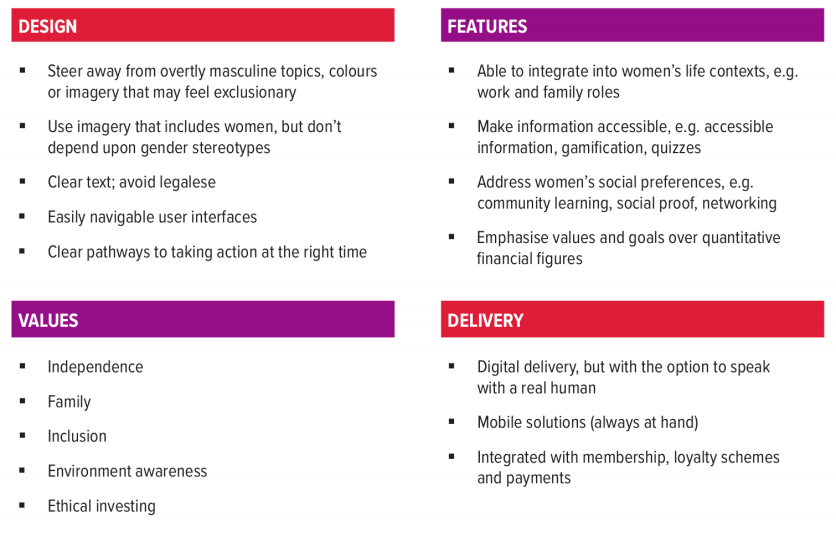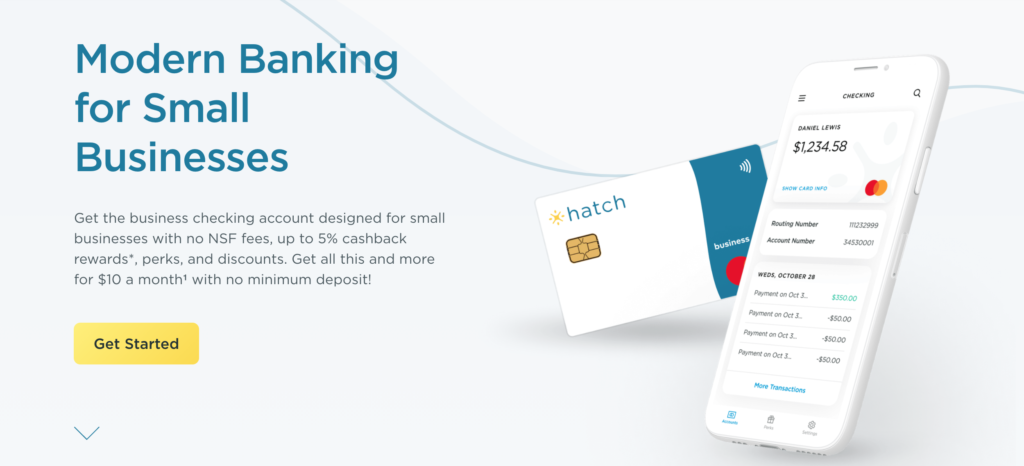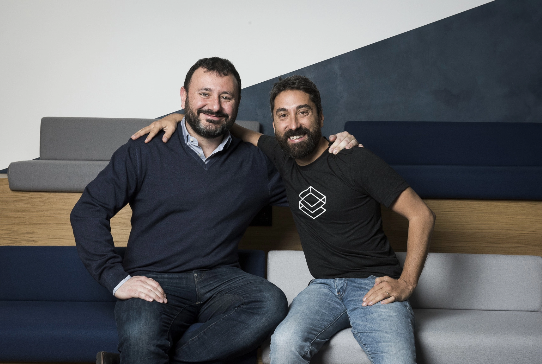
We’re four and a half months into 2021, and we’re already starting to see the fintech and banking industries shake off the 2020 mindset.
That’s not to say that companies have left behind their digital agendas that took precedence last year. In fact, it’s quite the opposite. Banks and fintechs have transitioned to apply the lessons they learned amid the massive growth period last year into new initiatives.
So what new frontiers does the industry have its eye on? I took an early look at some of the trends beginning to emerge at our upcoming FinovateSpring conference, taking place digitally May 10 through 13.
Here are the top three themes from the discussion sessions:
- Embedded finance and banking-as-a-service
These two intertwined trends have exploded in the past year. Embedded finance and the concept’s predecessor, banking-as-a-service, are helping non-banking companies leverage fintech to offer financial services to their clients. Food delivery, ridesharing, and big tech companies have all benefitted from offering their customers a form of banking services.
Increased customer awareness and demand are tipping the scales on these tandem trends this spring, rising them to the top. Thanks to the pandemic driving much of our everyday lives into the online realm, customers have realized the convenience that comes from being able to combine banking tasks with everyday activities.
- The ESG initiative
Technologies and products that tackle environmental, social, and governance (or ESG) issues are nothing new. However, over the course of the first half of this year we’ve seen more fintech and banking players getting in on the action.
Both new and incumbent players have heard consumers’ cries for a more sustainable approach to managing their financial lives. To meet this demand, companies are doing everything from making carbon neutral pledges, to offering wooden payment cards, to using customer deposits to fund sustainable initiatives and donating profits to reforestation efforts.
- CBDCs and digital currencies
While central bank digital currencies, or CBDCs, should have been on banks’ radars last year, the global pandemic took precedence. Today, while the industry is still working on reimagining the digital experience, there has been more space to think about operating in a future where CBDCs and other digital currencies are commonplace.
There are currently six countries piloting CBDCs, while many others have made key developments in implementing a formal release of CBDCs. The U.S. has stated that it will not race other countries to the finish line of launching its own CBDC. The country has still signaled some progress toward its own digital currency, however, which has turned the attention of many in the fintech space.
In addition to these, experts will be discussing themes from previous years, including customer experience, AI, digital transformation, and faster payments – as well as fringe topics such as quantum computing.
Taking a look at content from the developer-focused track, FinDEVr, we’ll see an in-depth look at the technology behind open banking, customer onboarding, lending-as-a-service, and customer experience and design. FinDEVr will take place on May 13.
Check out more information on how you can save on tickets to both FinovateSpring and FinDEVr, held May 10 through 13 in Central Standard Time.
Photo by Alexandru Dinca from Pexels






















